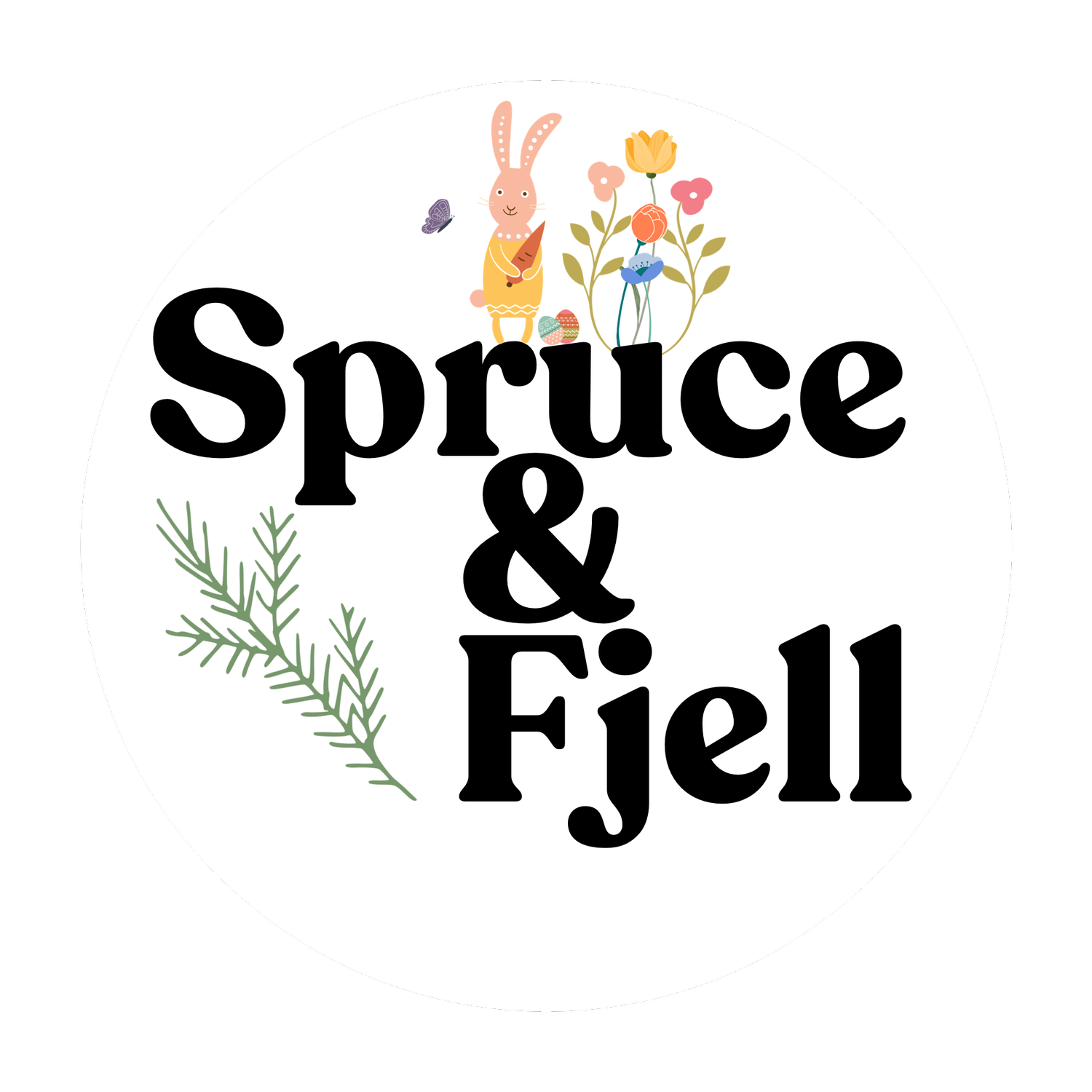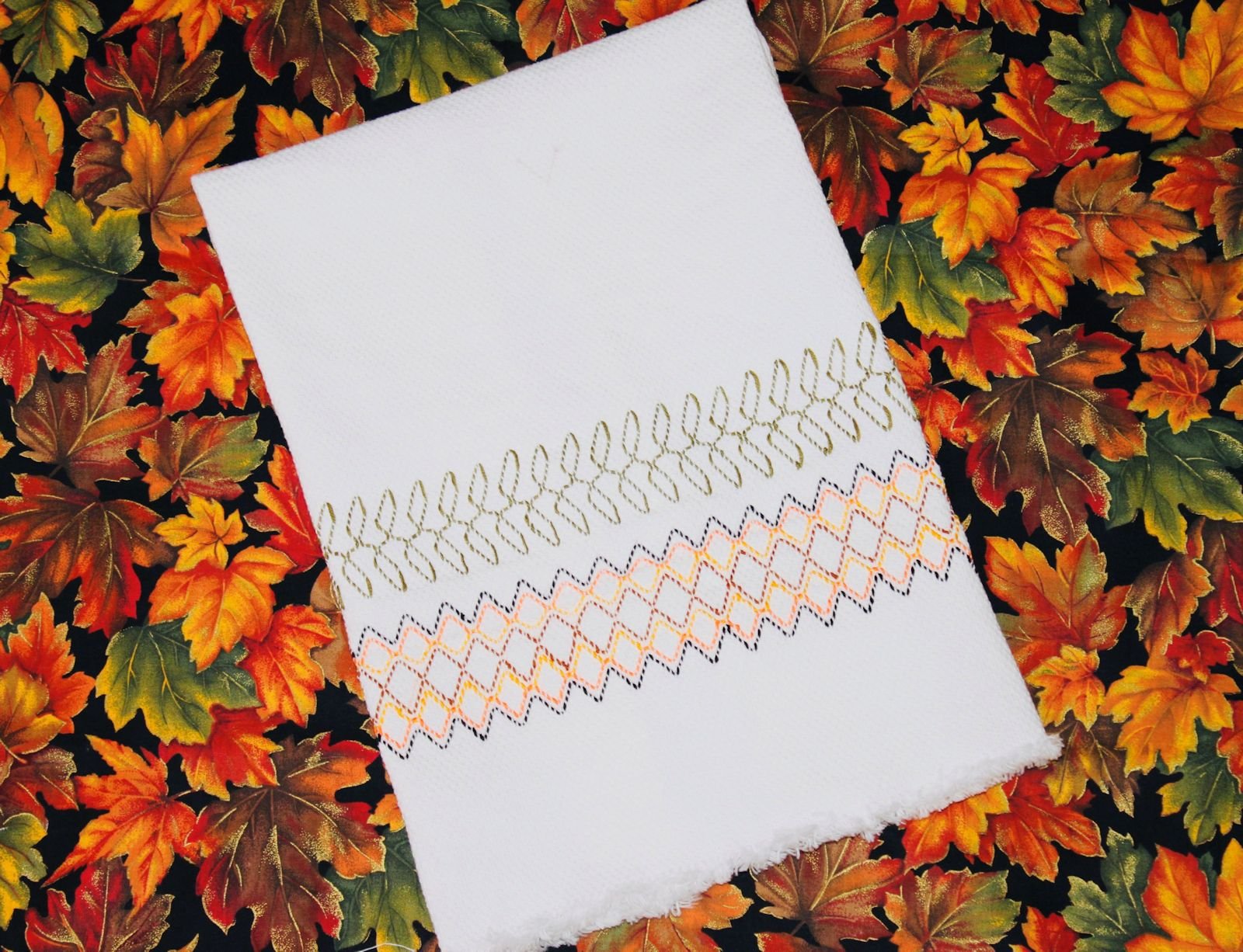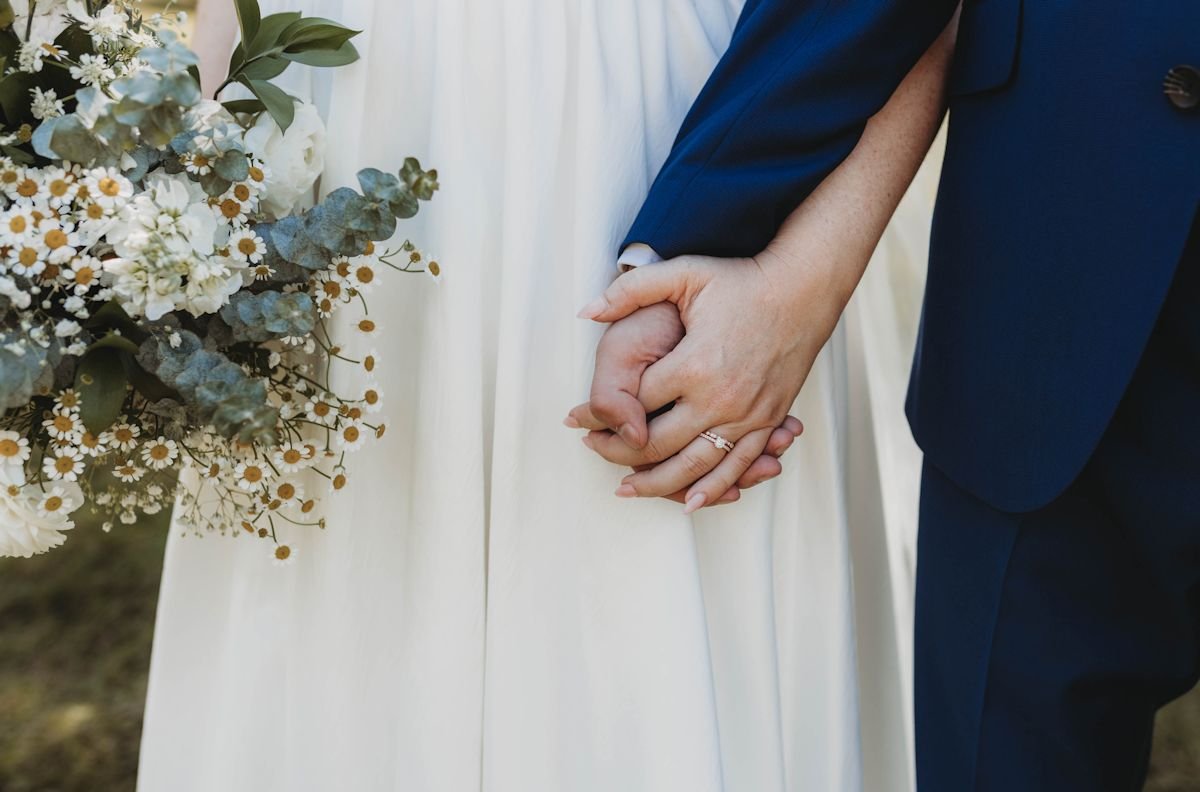Kitchen Basket Weave Scrubby
Disclosure: This site contains affiliate links. As an Amazon Associate, I earn from qualifying purchases. Clicking on links, and purchasing products, may result in the seller paying us compensation - at no extra cost to you. Affiliate links are in green.
Also see:
Lifestyle Blog
10 Easy Sewing Projects
Craft Projects
Embroidery & Crochet
Wash Cloth / Dish Cloth
I love love love this stitch combination. The basket weave pattern is created by alternating 3 front post double crochet stitches with 3 back post double crochet stitches. It’s easy once you get the hang of it. If this is new to you, I recommend keeping track of stitches and rows; once you have done a few, you will recognize where you are.
In the title photo, I show a cloth created without a border (lighter blue) and a cloth with a dc border around the perimeter.
This pattern is sized to create a wash cloth. Use a good quality cotton.
Front Post Double Crochet & Back Post Double Crochet
I am not showing how to create these stitches. There are numerous, very good YouTube videos that show it very clearly. This is an example. It is not my video, and we are not affiliated with the creator in any way. I like the video: video: fpdc and bpdc
fpdc: front post double crochet
bpdc: back post double crochet
dc: double crochet
ch: chain
ch 2: chain 2 for turning (this always starts the next row and is your dc that starts that new row)
Math For The Weave Stitch
Many weave patterns you follow will state that you need to start with a chain that is a multiple of 6, plus 4 extra chains. Why?? Let me explain! When I first learned this stitch, it was a bit confusing. I have simplified it for you in this article (hopefully).
Each “weave set” is made up of 6 stitches across: 3 fpdc and 3 bpdc. 3 fpdc + 3 bpdc = 6 stitches. That means that you need a multiple of 6 stitches for anything you make, such as a hot pad, scarf, wash cloth, blanket, etc. For example, if you want 4 weave sets across your scarf, you will have 24 stitches across. If a row begins with 3 fpdc, it will end with 3 bpdc. If a row starts with 3 bpdc, it ends with 3 fpdc. There is a reason for this! It helps create a proper weave as you turn your work over and start a new row, as you create your item.
Also, it takes 2 rows to create one square box of a weave.
The following photo is a close-up of 2 rows, creating the weave pattern. On the right are two rows of bpdc; on the left are two rows of fpdc. This photo comes from my Crochet Basket Weave basic lesson.
one weave set: 3 fpdc / 3 bpdc
You will start and end a row with 1 dc. That creates a nice edge. So, you need a multiple of 6 for your weave sets, plus a dc on each end.
Let’s do the math. My wash cloth pattern here is made up of 3 weave sets. Each weave set is 6 stitches. That means I need to start with 18 chains (3 x 6). I start and end the row with one dc, so that brings it to 20 chains. Now, I need the ch 2 for turning. Those last 3 chains will be the first dc of Row 1.
I have created diagrams for you to help make it crystal clear.
The following diagram shows the first chain to start the project. The blue chains (18) will be for my weave sets. The red chain on the left is for a dc, and the 3 chains on the right are for my first dc of Row 1.
My starting chain meets all the rules. It is a multiple of 6, plus 4 more chains. 18 + 4 = 22 chains. This will create an item that is a total of 20 stitches wide (dc, 18 weave stitches, dc).
starting chain
placement of stitches
Dishcloth Size
My cloth consists of 3 sets of weave stitches. Finished, it measures 5.5” x 5.5”. I used a size J hook. Finished cloth size is not important. Use a hook size that gives you a nice weave - not too tight or too loose. Add or subtract weave sets to increase or reduce size. My Basket Weave Sampler has 4 weave sets across.
SUPPLIES
YARN
DISH CLOTH / WASH CLOTH YARN
I chose a beautiful blue, cotton yarn. I purchased it from Amazon, because it was a stormy day and I didn’t want to go out. If possible, I love to shop in stores so I can see and touch the yarns.
If you are making a dishcloth, table trivet, or other item that will be washed, or will get a lot of use, I recommend using a strong cotton yarn (100 percent is great). You can find it here: cotton dishcloth yarn Yarn Bee, Caron, Lion Brand all make good yarns. Check product descritpion to be sure it is COTTON.
Crochet Hook
I used a size J crochet hook . I crochet a bit tight, so tend to choose a size larger than what the pattern calls for.
Use what works best for you - the important thing is to obtain the correct overall design that is not too tight and not too loose.
General Directions
You will need to start by getting your yarn onto your hook. There are many good YouTube videos on this, and illustrations on other websites. For a quick refresher, refer to my photos below.
Start by creating a loop.
Complete a “pretzel.”
Pull a the piece closest to ball of yarn onto the hook.
Tighten up the yarn ends into a knot, creating a loop on the hook.
Row 1
Chain 22. DC into the FOURTH chain from the hook (remember the 3 chains on the right are your first dc for the Row 1). You now have what counts as 2 dc. dc across 18 more stitches. COUNT YOUR STITCHES. You should have a total of 20 dc (including your first that was made from chains).
The following diagram shows you where to start your first dc. If you count the blue chains that will each have a dc, the left red chain that will have a dc, and the 3 on the right that create one dc, you will see that it equals 20 stitches.
ch 2, turn
From here on, end each row with ch 2, turn.
Row 2
This starts your first row of weaves.
Your chain 2 counts as your first dc (stitch 1). Skip the first post. fpdc in the next 3 posts, bpdc in the next 3 posts. Repeat until you have 6 sets. dc 1.
COUNT YOUR STITCHES. You should have a total of 20 stitches (18 weave stitches, plus a dc on each end).
ch 2, turn.
Row 3
Your chain 2 counts as your first dc (stitch 1). Skip the first post. fpdc in the next 3 posts, bpdc in the next 3 posts. Repeat until you have 6 sets. dc 1.
ch 2, turn.
COUNT YOUR STITCHES. You should have a total of 20 stitches (18 weave stitches, plus a dc on each end).
Time For A Change
NOTE: in row 2 and 3 you started each row with fpdc, and ended with bpdc.
Now, we change things up.
Row 4
Your chain 2 counts as your first dc (stitch 1). Skip the first post. bpdc in the next 3 posts, fpdc in the next 3 posts. Repeat until you have 6 sets. dc 1.
ch 2, turn.
Row 5
Your chain 2 counts as your first dc (stitch 1). Skip the first post. bpdc in the next 3 posts, fpdc in the next 3 posts. Repeat until you have 6 sets. dc 1.
ch 2, turn.
NOTE: in row 4 and 5 you started each row with bpdc, and ended with fpdc.
Complete The Wash Cloth
Continue rows 2-5 until your desired size. Then end off, or create one row of dc or sc if you want and added edge. Use a tapestry hook to weave in yarn ends.
Related Projects
Snuggly Scarf
Fully illustrated embroidery stitch glossary.
Learn the art of huck weaving. Lesson and 2 free patterns.
Articles & Tips









































Our traditional Fattigman Day tradition. Swedish cookie making instructions with printable recipe.